Free AI Image Generator: Top 10 Best AI Photo Generators 2024
Free AI image generator apps! Find the top 10 best AI photo generators of 2024 for stunning visuals, text to image art, and unique NFTs with Image AI!
Free AI image generator tools, like AI photo generators and Image AI tools, are transforming how we create visuals, making it easy for anyone to generate stunning images from simple text prompts or even convert images using text to image or image to image technology. Whether you’ve seen AI-generated art on social media or in marketing campaigns, these tools are now widely available and incredibly powerful. From artists and designers to marketers and content creators, anyone can turn ideas into professional-quality visuals in seconds.
In this article, we explore the top 10 best AI photo generators of 2024. These tools have been thoroughly tested and offer a wide range of features for creating everything from photorealistic images to imaginative art. Whether you’re looking to produce social media graphics, NFT art, or custom designs, these AI generators make creativity more accessible than ever.

What is an AI Image Generator?
An AI photo generator is an innovative tool powered by artificial intelligence that creates images based on text prompts. By utilizing sophisticated machine learning models, particularly generative AI, these tools are trained on vast datasets of images and their corresponding descriptions, allowing them to generate original, realistic visuals from scratch.
At the core of AI image generation are neural networks, which interpret user-provided text and transform it into coherent and contextually relevant images. For example, when a user describes their desired image—such as “a futuristic cityscape at sunset”—the AI processes this input and generates an image that reflects the description, often blending various artistic styles and elements to create something unique and visually captivating.
What makes AI image models so powerful is their ability to cater to a wide range of creative needs. Whether it's for digital art, product design, marketing visuals, or social media content, these tools allow individuals and businesses to produce stunning images without needing traditional design or art skills.
In addition to their creativity, AI image models offer a practical edge by significantly reducing the time and effort required to create high-quality visuals. Their potential extends beyond entertainment, with applications in industries like advertising, design, and e-commerce, where rapid, tailored image production is in demand.
This technology continues to evolve, with advancements making AI-generated images more sophisticated and indistinguishable from human-made art.
How Do Text to Image Models Work?
AI photo creators operate by transforming text-based prompts into images through advanced machine learning techniques. These tools are powered by artificial neural networks, which are trained on massive datasets of images and their descriptions. The process begins when a user inputs a text prompt describing the desired image, which could range from simple phrases like "a serene beach at sunset" to more complex ones like "a surreal painting of a city in the clouds."
The AI processes the text input through natural language processing (NLP) models, converting it into numerical data that the AI can interpret. This data helps the model understand the meaning of the prompt, identifying key elements like objects, attributes, and styles. For example, words like "beach" and "sunset" are translated into visual characteristics such as colors, shapes, and textures.
Once the text is understood, the AI uses techniques such as Generative Adversarial Networks (GANs) or Diffusion Models to create the image. In GANs, two neural networks—one generating images and the other evaluating them—work together to create realistic images. Diffusion models, on the other hand, start with a noisy image and gradually refine it, adding details based on the prompt.
As AI photo creators continue to evolve, their ability to produce high-quality images from text is becoming more refined, making it easier for users to generate unique visuals tailored to their needs.
Common Uses of AI Photo Generators
AI image tools have diverse applications across various industries, making them valuable tools for creators, businesses, and professionals alike.
1. Digital Art and Creativity Artists use AI image creators to explore new styles and spark creativity. By inputting imaginative prompts, they can quickly generate unique artworks or visual ideas that can serve as inspiration for future projects. This tool democratizes the art world, allowing non-artists to produce visually stunning pieces with minimal effort.
2. Marketing and Advertising Businesses leverage AI image generators to create custom visuals for marketing campaigns, advertisements, and social media posts. Instead of commissioning a full photoshoot or purchasing stock images, marketers can generate tailored images that align perfectly with their brand and messaging. This saves both time and cost, especially for small businesses.
3. Product Design AI image generators speed up the product design process by helping designers visualize concepts quickly. Whether it’s generating prototypes, mockups, or design variations, these tools allow designers to experiment with different ideas without committing to physical production, enhancing creativity and efficiency.
4. Entertainment and Media In the entertainment industry, AI-generated visuals are used in video games, movies, and animations. AI can create characters, environments, and even entire scenes, cutting down on production costs and timelines. AI-generated art has even made its way onto magazine covers, such as Cosmopolitan’s AI-created cover in 2022, highlighting its potential in mainstream media.
5. Education Educators use AI image generators to create visuals that enhance learning materials. Whether it’s generating diagrams, concept illustrations, or interactive visual aids, AI-generated images make abstract concepts easier to grasp, creating more engaging educational content.
These common uses showcase the growing influence of AI image generators, as they continue to evolve and find new applications across industries.
Limitations and Restrictions of AI Photo Generators
Despite the rapid advancements in AI image generators, several limitations and restrictions persist:
1. Contextual Understanding: AI models lack true comprehension of context. While they can generate images from text prompts, their understanding is limited to patterns learned from data, leading to potential misinterpretations of complex or abstract concepts.
2. Realism and Fine Details: AI-generated images, while impressive, often fall short in terms of fine details and realism, especially compared to human-created artworks or photographs. This limitation makes them less suitable for fields where precision is critical, like medical imaging or architectural visualization.
3. Bias in Training Data: AI image generators are trained on vast datasets that may contain inherent biases. As a result, the generated images can sometimes reflect stereotypes or skewed representations, reinforcing biases in areas like diversity or cultural depictions.
4. Limited Creativity: While AI can mimic creativity by combining learned patterns, it struggles with originality. Human artists, with their nuanced understanding of culture, context, and emotion, are still far superior in producing truly creative works.
5. Complex Scenes and Multiple Elements: AI models often face difficulties when tasked with generating images that contain multiple intricate elements or complex scenes. This can result in images that are inconsistent or lack coherence when depicting dynamic environments or interactions.
6. Text and Symbol Generation: AI tools typically struggle to accurately depict text or symbols in images, often resulting in distorted or unreadable outputs. This limitation can be problematic for users looking to include specific letters or logos in their visuals.
7. High Computational Costs: Generating high-quality visuals with AI tools requires significant computational resources. For individuals or smaller organizations without access to powerful hardware, this can limit the accessibility and usability of advanced AI models.
These limitations highlight areas where AI photo creators, despite their impressive capabilities, still fall short compared to traditional methods and human expertise. However, ongoing research and development continue to address these challenges, gradually enhancing the precision and reliability of AI-generated images.
Top 10 Best Free AI Image Generators of 2024
Below is the list of top 10 free AI image creators of 2024, perfect for artists, marketers, and hobbyists looking to generate unique images effortlessly. Explore their features and find the perfect fit for your projects!
1- DALL-E 2

Overview:
DALL-E 2, developed by OpenAI, is a groundbreaking AI image generation tool that uses deep learning and generative adversarial networks (GANs) to create stunning visuals. Launched in January 2021, it builds on its predecessor, DALL-E, and combines the creativity of Salvador Dalí with the charm of Wall-E. This innovative tool allows users to generate unique images based on textual prompts, making it a favorite among artists and content creators.
Key Features:
- User-Friendly Interface: Intuitive design that makes image generation accessible to all skill levels.
- Image History Tracking: Easily revisit and refine previous creations, saving time and enhancing creativity.
- Image Editing Capabilities: Utilize inpainting and outpainting to edit existing images or expand upon them with new elements.
- Mobile Accessibility: Use DALL-E 2 from your mobile browser, although there's no dedicated app yet.
- Customization Options: Upload your images and customize them with AI.
User Experience:
DALL-E 2 is celebrated for its clean and straightforward interface. Users can quickly input prompts to generate various art styles, including photorealism, landscapes, and abstract designs. While it lacks templates or advanced filters, its efficiency and speed in generating multiple images are noteworthy.
Pricing:
DALL-E 2 offers a free version with limited credits. Once the free credits are exhausted, users can purchase additional credits, with around 115 images available for a minimum of $15.
Pros:
- Intuitive Interface: Easy to navigate for both beginners and experienced users.
- Boosts Creativity: Inspires new ideas and visualizations through AI.
- High Productivity: Generate multiple unique images in seconds.
- No Watermark: Enjoy unlimited image generation without any watermarks.
Cons:
- Struggles with Realism: May not deliver hyperrealistic images, which could limit some creative projects.
Who is DALL-E 2 Best For?
DALL-E 2 is ideal for those seeking a straightforward and effective text-to-image generator without unnecessary complexity. It's perfect for artists, marketers, and hobbyists looking to explore their creativity effortlessly.
Community Reviews and Ratings:
Users appreciate DALL-E 2's simplicity and the quality of generated images but have noted that the processing speed could improve. Overall, it remains a top choice in the AI image generation space.
2- Bing Image Creator

Overview:
Bing Image Creator, developed by Microsoft, was integrated into the Bing search engine in March 2023. This innovative tool leverages an advanced version of DALL-E, allowing users to generate high-quality images directly from text prompts.
Key Features:
- Diverse Style Options: Create images in multiple styles such as cartoon, anime, watercolor, and cyberpunk.
- AI Content Checker: Ensures generated images meet quality standards.
- Image Upload Capability: Users can upload images for the AI to take inspiration from, enhancing creativity.
- Filters and Effects: Apply various filters to modify your images effectively.
- History Tracking: Easily access your previous image generations and download your favorites.
- Microsoft Integration: Seamlessly works within the Microsoft ecosystem for a cohesive user experience.
User Experience:
The Bing Image Creator boasts a clean and intuitive interface, making it accessible for users of all skill levels. Its integration with the Bing AI chatbot simplifies the process of generating images, allowing for a smooth workflow.
Pricing:
Bing Image Creator is free to use, providing users with 100 credits daily, which is sufficient for generating numerous visuals without incurring costs.
Pros and Cons:
- Pros:
- User-friendly interface
- High-quality image generation
- Integration with Microsoft products
- Free daily credits for users
- Cons:
- Limited options for creating variations of previously generated images
Use Cases:
Bing Image Creator is perfect for digital marketers, content creators, and anyone looking for a quick and efficient tool to produce eye-catching images for social media, blogs, or promotional materials.
Conclusion:
Bing Image Creator stands out as a versatile and user-friendly tool in the realm of AI image generation. Its integration with the Microsoft ecosystem and powerful features make it an excellent choice for anyone seeking to create stunning visuals quickly and efficiently.
3- Leonardo AI

Overview:
Leonardo AI is a groundbreaking image generator that harnesses multiple fine-tuned models to create stunning visuals in seconds. With its modern, responsive user interface, Leonardo enhances the design experience, making it a favorite among artists, designers, and digital content creators.
Key Features:
- Diverse Image Models: Choose from 10 powerful AI image models, allowing for a wide variety of creations, including landscapes, portraits, and abstract art.
- Prompt Enhancement: A built-in tool that automatically enhances shorter prompts by adding detail, perfect for beginners.
- Community Feed: Access a stream of images generated by other users for inspiration and ideas.
- Custom Dataset Creation: Users can create their own datasets to fine-tune models for better results.
- PhotoReal Feature: Generates nearly human-like images, setting it apart from many competitors.
- Flexible Aspect Ratios: Easily set the aspect ratio for your images and blend them together for unique compositions.
User Experience:
Leonardo AI boasts a user-friendly interface that, while slightly complex, offers granular control over image generation. The responsive design makes it easy to navigate and explore various features, although some users may find the learning curve a bit steep initially.
Pricing:
Leonardo AI offers a generous free plan providing 150 tokens daily, enabling users to generate numerous images without any expiration on the free offering. Premium plans start at $12 per month for those needing more advanced features and faster generation speeds.
Pros and Cons:
- Pros:
- Ample free generation tokens with no expiry
- High-quality, detailed image generation
- Active community for inspiration
- Customization options for prompts and datasets
- Cons:
- No post-generation editing tools available on the free plan
- Privacy policy could be improved
Use Cases:
Leonardo AI is ideal for creative professionals, digital marketers, and hobbyists looking to produce high-quality images quickly. Its robust free plan makes it particularly appealing for those on a budget.
Conclusion:
Leonardo AI stands out as one of the best free AI image generators available today. With its powerful features and user-friendly interface, it’s an excellent choice for anyone looking to explore the world of AI-generated art, whether you're a seasoned designer or just starting your creative journey.
4- Canva AI

Overview:
Canva AI, powered by the Magic Media feature, is a user-friendly graphic design tool that enables users to create stunning images quickly. Launched on September 15, 2022, Canva has seamlessly integrated AI image generation into its renowned design platform, making it an excellent choice for amateurs and professionals alike.
Key Features:
- Magic Editing: Automatically enhance your image quality with a single click.
- Magic Eraser: Instantly remove unwanted distractions from your images without manual editing.
- Diverse Art Styles: Choose from over 15 styles, including watercolor, filmic, and retro wave.
- One-Click Background Remover: Easily eliminate backgrounds for a clean, professional look.
- Text and Graphics Integration: Add text, icons, and other graphics to enhance your AI generated visuals.
User Experience:
Canva AI offers a minimalist design that is easy to navigate, making it perfect for beginners. Users can generate images directly within their design projects, which streamlines the process of creating social media graphics, presentations, and more. However, generating non-square images can be challenging, and the free plan has a strict limit on image generation.
Pricing:
Canva AI provides a robust free plan that allows users to generate up to 50 images. For those seeking more features, Canva Pro is available starting at $54.99 per year, offering additional credits and advanced editing tools.
Pros and Cons:
- Pros:
- Extremely user-friendly interface
- Images are private and not used to train AI models
- Seamless integration with other Canva design tools
- High-quality output with a variety of styles available
- Cons:
- Hard limit on the number of images in the free plan
- Limited flexibility for generating non-square images
Use Cases:
Canva AI is ideal for social media marketers, content creators, and anyone needing quick, fun, and whimsical images. It’s particularly beneficial for users already familiar with the Canva platform, as they can easily integrate AI-generated images into their existing projects.
Conclusion:
Canva AI is a powerful tool for those looking to create eye-catching images without extensive design skills. While it may not offer the most advanced features compared to some competitors, its ease of use and integration within the Canva ecosystem make it an excellent choice for beginners and casual users alike.
5- DreamStudio AI

Overview:
DreamStudio AI, developed by Stability AI, is a powerful AI image generator that provides users with extensive control over their creative outputs. This web-based tool allows for a wide range of customization and offers 25 free credits upon sign-up, making it an attractive option for both beginners and experienced users.
Key Features:
- Art Style Selection: Choose from 16 diverse art styles, including cinematic, anime, comic book, and neon punk.
- Negative Prompt Input: Specify terms or concepts to avoid in your generated images, enhancing accuracy.
- Image Variations: Generate one to ten images based on your prompt and create variations of any image you like.
- Customizable Output: Adjust parameters such as image dimensions, strength, and contrast for tailored results.
- Upload Functionality: Upload existing images for enhancement or variation generation.
User Experience:
DreamStudio AI boasts a user-friendly interface, making it easy to navigate through options and settings. Users can seamlessly adjust their prompts and styles to achieve desired outcomes. However, some generated images may contain flaws, particularly in detailed areas like fingers and teeth, although they are often visually appealing at first glance.
Pricing:
DreamStudio offers an initial 25 credits for free. After that, users can purchase additional credits at a rate of $10 for 1,000 credits, which is sufficient for generating approximately 5,000 images.
Pros and Cons:
- Pros:
- Extensive creative possibilities with various styles and customization options
- Free access with the ability to purchase additional credits
- Intuitive design for easy use, even for beginners
- Cons:
- Some advanced features require a premium subscription
- Less feature-rich compared to professional image editing software
Use Cases:
DreamStudio AI is ideal for artists, graphic designers, and content creators looking to add a unique touch to their visuals. Its customizable features make it suitable for those who wish to experiment with different styles and generate expressive images.
Conclusion:
DreamStudio AI stands out as a versatile and user-friendly AI image generator, perfect for those seeking expressive and customizable art. With its range of styles and easy-to-use interface, it offers a great balance between functionality and accessibility, making it a top choice for creative projects.
6- DeepAI

Overview:
DeepAI is a straightforward AI image generator designed for users seeking fast and high-quality images. Utilizing the Stable Diffusion API, it aims to provide realistic visuals while maintaining a minimalist interface that caters to users of all technical backgrounds. The platform’s free plan makes it an accessible choice for casual users looking to create quick images online.
Key Features:
- Text-to-Image Generation: Create images directly from text prompts, allowing for creativity and experimentation.
- Variety of Styles: Access multiple image styles, though some advanced options are reserved for pro members.
- User-Friendly Interface: The minimalist design ensures that users can easily navigate the platform without technical expertise.
User Experience:
While DeepAI offers a simple interface, user experiences can vary significantly. Many users have reported that the generated images do not align closely with their prompts, leading to disappointing results. The interface is intuitive, but frequent banner ads can detract from the overall experience.
Pricing:
DeepAI is completely free to use, with additional paid plans available for those seeking access to advanced features. However, users with a capable graphics card might find it more beneficial to run Stable Diffusion models locally, bypassing the need for DeepAI altogether.
Pros and Cons:
- Pros:
- Completely free to use, making it accessible for casual users
- Simple and intuitive interface for easy navigation
- Cons:
- Generated images often fail to match user prompts
- Limited photo-realistic styles available
- Banner ads can be distracting and annoying
Use Cases:
DeepAI may be suitable for users looking to quickly generate simple visuals without the need for intricate details. However, those requiring high-quality, accurate images may want to explore more reliable alternatives.
Conclusion:
While DeepAI presents itself as a free and easy-to-use AI image generator, its inconsistent output and frequent inaccuracies make it a less desirable choice for users seeking realistic and detailed images. With numerous superior tools available, DeepAI may not be the best option for serious creators looking to produce high-quality visuals.
7- Craiyon AI

Overview:
Craiyon, formerly known as DALL-E Mini, is an AI image generator that offers a straightforward and user-friendly experience. Designed for those who need quick visual content, Craiyon requires no sign-up, making it accessible to anyone looking to create images effortlessly.
Key Features:
- Expert Mode: Access the all-new v4 model, capable of generating AI vectors alongside traditional images.
- Negative Prompting: Specify elements you want to exclude from your generated content for greater control.
- Prompt Suggestions: Get ideas for prompts to enhance your creativity.
- Image Upscaling: Improve the resolution of generated images for better quality.
- Private Servers: Ensure that your data remains secure and private.
User Experience:
Craiyon boasts an easy-to-use interface that allows users to generate images quickly. However, it can struggle with complex prompts due to its reliance on an older DALL-E model. Despite this limitation, the platform remains popular for its simplicity and straightforward functionality.
Pricing:
Craiyon is free forever, allowing users to generate images without any cost. For those seeking advanced features, a subscription to Craiyon 125 starts at $10, providing benefits like unlimited image generation, watermark-free outputs, and high-priority processing.
Pros and Cons:
- Pros:
- No sign-up required, making it instantly accessible
- Free to use with a generous feature set
- Cons:
- Contains numerous ads that can detract from the user experience
- Image generation may take longer than expected
Use Cases:
Craiyon is ideal for casual users, hobbyists, and anyone needing quick visuals without a steep learning curve. However, professionals seeking high-quality images may find its limitations frustrating.
Conclusion:
Craiyon AI stands out as a user-friendly and accessible image generator, perfect for those looking to create images without the hassle of sign-up processes. While it may not handle complex prompts as effectively as newer models, its free and straightforward nature makes it a valuable tool for casual creators.
8- Starry AI

Overview:
Starry AI stands out for its focus on NFT creation, making it an ideal tool for artists and creators looking to generate unique, blockchain-ready artwork. The platform simplifies the process of creating and owning AI-generated art, tapping into the growing popularity of NFTs.
Best For:
NFT creators
Key Features:
- AI-generated NFT art
- Easy blockchain integration
- More than 1,000 styles available
- Daily free credits: 5 free credits per day
User Experience:
Starry AI is designed for ease of use, featuring a familiar interface reminiscent of popular platforms like Limewire and Jasper. The tool assists with prompt building, allowing users to create images, illustrations, and photos tailored to their unique styles. Additionally, users can generate images based on existing artworks and edit them further for enhanced creativity.
Pricing:
Starry AI offers a generous free plan that provides 5 credits daily. For users seeking more, additional credits can be purchased starting at $4.99 per week for the Starter plan.
Pros:
- Effective prompt builder tool
- Flexible aspect ratio options
- Seed and runtime controls for customized generation
- “Remove from image” option (negative prompt) for refining outputs
Cons:
- Previews may lack detail, consuming credits unnecessarily
- Image quality could be improved
Conclusion:
Starry AI is a valuable tool for NFT creators, digital artists, and hobbyists eager to explore AI-generated art. While some aspects could benefit from enhancement, its user-friendly interface, extensive style options, and focus on ownership make it an excellent resource for anyone venturing into the NFT space. Whether you’re an established artist or just starting, Starry AI provides the tools needed to bring your creative vision to life.
9- SoulGen

Overview:
SoulGen AI is a customizable AI art generator designed to create stunning, realistic anime images and characters effortlessly. With its range of features and user-friendly interface, it has quickly become a favorite among artists, designers, and hobbyists looking to bring their creative visions to life.
Best For:
Anime art creators and designers
Key Features:
- Customizable AI for tailored creations
- Realistic anime image generation
- Text-to-image functionality
- User-friendly interface with tutorials
How It Works:
SoulGen AI utilizes advanced deep learning algorithms to transform text prompts into unique anime images and characters. Simply input a descriptive text prompt, and the tool generates an image based on your description. The customization options allow you to modify details such as pose, expression, and clothing, ensuring your creation aligns with your vision.
User Experience:
Designed with ease of use in mind, SoulGen AI caters to both beginners and experienced artists. The platform provides tutorials and a community forum for support and inspiration. While the tool excels in producing beautiful images, some users have noted that generation times can be slower, especially for more complex requests.
Comparative Analysis:
While SoulGen AI shines in creating anime art, other AI-based tools are available, such as:
- Deep Dream Generator: Allows users to upload images and apply various styles and filters.
- Artbreeder: Focuses on mixing and breeding images to create unique art.
- DALL-E: Generates images based on text prompts using advanced language models.
Pricing:
SoulGen AI offers a free version with basic features, while additional customization options and credits may be available through paid plans.
Pros:
- High level of customization for unique creations
- Produces realistic anime images comparable to hand-drawn art
- Easy for beginners to navigate
Cons:
- Generation speed may be slow for complex images
- Limited functionality compared to some professional art tools
Conclusion:
SoulGen AI is a powerful and versatile tool for anyone interested in creating anime art. Its intuitive interface, coupled with advanced customization options, makes it a standout choice for artists and designers alike. If you’re looking to explore the world of AI-generated anime images, SoulGen AI is a fantastic option to consider.
10- Adobe Firefly

Overview:
Adobe Firefly is a cutting-edge AI image generator seamlessly integrated into Adobe’s suite of tools, particularly Photoshop. Designed for professionals, Firefly offers advanced features that enhance the creative process, making it a robust option for generating high-quality visuals. Its unique capabilities cater to a variety of needs, from simple image generation to intricate adjustments, ensuring a comprehensive creative experience.
Best For:
Graphic designers, photographers, and digital artists
Key Features:
- Generative Fill and Generative Expand for contextual image editing
- Text-to-image functionality with customizable parameters
- Integration with Adobe apps, enhancing workflow
- Safe for commercial use, trained on Adobe Stock images
How It Works:
Firefly operates by allowing users to input detailed text prompts to generate images. Users can specify aspects such as content type, art style, and camera angle. The tool intelligently matches depth of field and context, providing four variations of the generated image, which can be refined further based on user feedback.
User Experience:
Firefly boasts an intuitive interface that requires no prior experience, making it accessible to beginners while still offering depth for seasoned professionals. Its integration with Photoshop amplifies its utility, allowing for seamless transitions between AI-generated elements and traditional editing. However, as a standalone text-to-image model, it may not always produce the most accurate results compared to dedicated tools like DALL·E or Midjourney.
Pricing:
Firefly offers a free web version that includes 25 credits per month, with additional credits available through subscription plans starting at $4.99 per month. Photoshop users benefit from 500 generative credits as part of the Creative Cloud Photography Plan.
Pros:
- Unique features like adjustable camera angles and style intensity
- Generates images safe for commercial use
- Offers a variety of trending art styles and templates for social media
Cons:
- Not as effective as a pure text-to-image generator for some prompts
- Additional features may require a subscription
Conclusion:
Adobe Firefly stands out as a powerful tool that not only generates images but enhances the overall creative process with its unique features and seamless integration with Adobe applications. Its commitment to quality and user safety makes it a top choice for professionals looking to elevate their design projects. If you're seeking an AI image generator that goes beyond the basics, Adobe Firefly is worth exploring.
How to Choose the Best AI Image Generator for Your Needs
Selecting the right AI image generator can enhance your creative projects. Here are key factors to consider:
1. Purpose and Use Case
Identify your main goal: personal use, professional projects, or commercial work. For high-quality visuals, tools like Adobe Firefly offer safe commercial use.
2. Ease of Use
Choose user-friendly platforms. Craiyon and DeepAI are great for beginners, while StarryAI provides customization for advanced users.
3. Quality of Output
Evaluate the realism and style of images produced. Tools like SoulGen excel in anime art, while DreamStudio offers diverse artistic options.
4. Customization Options
Look for features that allow control over generated images, such as negative prompts and style variations. Firefly and SoulGen offer extensive customization.
5. Pricing and Credits
Examine pricing models. Many tools offer free trials, but advanced features may require subscriptions. Ensure the costs fit your budget.
6. Community and Support
A strong user community can provide valuable support. Look for platforms with forums and customer assistance for inspiration and troubleshooting.
By considering these factors, you can find the AI image generator that best suits your needs, making your creative process more efficient and enjoyable.
How to Write the Best Prompts for AI Image Generation
Crafting effective prompts is key to producing stunning AI-generated images. Here’s a concise guide to help you master the art of prompting.
1. Structure Your Prompt
Include three main components:
- Image Content: Describe the subject and context (e.g., “A cat playing on a sunny beach”).
- Art Form and Style: Specify the medium (e.g., “watercolor painting inspired by Monet”).
- Additional Details: Add specifics like lighting and colors (e.g., “soft lighting with a pastel palette”).
2. Be Specific but Flexible
Balance detail with simplicity. Test different lengths; some platforms work better with longer prompts while others prefer brevity. Use clear, vivid language.
3. Utilize Advanced Techniques
- Reverse Engineering: Generate prompts from existing images.
- Image-to-Image: Refine a base image with text inputs.
- Outpainting: Expand images to create cohesive scenes.
4. Gather Inspiration
Explore communities like neural.love and Midjourney's Discord for prompt ideas and examples.
5. Practice and Refine
Revise your prompts based on results to improve your skills over time.
Key Components of Effective Prompts
- Simplicity: Use concise language, breaking prompts into phrases (e.g., “Sun on a beach, bright colors”).
- Descriptive Content: Clearly define the image type (e.g., “A 3D rendering of a coffee table”).
- Detail Matters: Specify features like colors and textures (e.g., “An Asiatic lion in a lush forest”).
- Art Style: Reference specific styles or artists (e.g., “watercolor style, inspired by Picasso”).
- Composition: Mention layout and resolution (e.g., “Close-up of a lion, forest fire background”).
Tips for Crafting Prompts
- Use Common Keywords: Stick to recognizable terms.
- Conversational Tone: Write prompts like you’re speaking to someone.
- Incorporate Adjectives: Use descriptive language for depth.
- Keep It Concise: Aim for 4-7 words.
- Avoid Conflicting Terms: Clear language prevents confusion.
Prompt Examples:
- “A bustling cyberpunk city at night.”
- “An enchanted forest bathed in moonlight.”
- “A serene yoga session on a tranquil beach.”
By mastering these techniques, you can unlock the full potential of AI image generation tools. Experiment with different generators like DALL-E, Bing Image Creator, and Midjourney to find the best fit for your creativity.

How AI Photo Generators Are Shaping the Future of Art and Design
AI image generators are transforming the art and design landscape, blending creativity with advanced technology. Here’s how they’re making an impact:
1. Enhanced Creativity
These tools allow artists and designers to produce unique visuals in minutes, streamlining workflows and encouraging experimentation with various styles.
2. Industry Revolution
From fashion to gaming, AI generators help quickly visualize products and create immersive environments, empowering creators of all skill levels.
3. Ethical Design
As AI tools become integral to creative processes, the focus on inclusivity and diversity ensures that generated images reflect a wide range of perspectives.
4. Emerging Technologies
Future AI generators will seamlessly integrate with augmented and virtual reality, enhancing storytelling and engagement in digital spaces.
5. Accessibility for All
With user-friendly interfaces, AI image generators empower non-technical users, democratizing art and design and fostering innovation.
In summary, AI image generators are catalysts for change, shaping the future of art and design through creativity, inclusivity, and technological integration. Embracing this evolution is key to staying relevant in a rapidly changing creative landscape.
Conclusion and Final Thoughts on Free AI Photo Generators
AI image generators are rapidly transforming the landscape of art and design, offering a range of tools suited for both casual users and professionals. Platforms like DreamStudio AI provide extensive customization options and various artistic styles, while DeepAI and Craiyon AI cater to users seeking quick and easy image creation without the need for sign-up.
For those interested in the NFT market, Starry AI stands out with its focus on generating blockchain-ready art. SoulGen excels in creating realistic anime images, appealing to artists and designers who prioritize customization and detail. Finally, Adobe Firefly integrates seamlessly into professional workflows, offering advanced features for high-quality visuals safe for commercial use.
When choosing an AI image generator, consider your specific needs, ease of use, output quality, and pricing models. Crafting effective prompts is crucial for achieving stunning results, emphasizing the importance of structure, specificity, and creativity in your approach.
As AI continues to shape the future of art and design, these tools not only enhance creative possibilities but also democratize access to artistic expression, allowing anyone to explore their creativity with ease.
FAQs About AI Photo Generators
What is the best AI image generator?
DALL-E 3 by OpenAI is recognized as the best AI image generator due to its extensive editing and customization tools, exceptional adherence to prompts, and high level of detail in generated images. Its conversational flow allows it to handle complex prompts effectively.
Is there a free AI image generator?
Yes, there are several free and freemium AI image generators available. We recommend starting with Leonardo AI or Canva, both of which offer free AI image generation with quick response times and good prompt adherence.
How do I make the best AI images?
To create the best AI images, focus on crafting a well-structured prompt. Include details such as style, aesthetic, dimensions, and specific elements you want included. While some generators may struggle with specific prompts, starting detailed allows you to refine and adjust as needed.
Why does my AI image look weird?
There are several reasons why your AI-generated image might not meet your expectations. Consider adjusting your prompt, utilizing customization settings, or employing editing tools to resolve quirks or conflicting elements. Sometimes, it may be best to start fresh with a new idea.
Should I disclose that my image is made by AI?
Yes, it is important to disclose when you are using an image created entirely by an AI image generator, especially if you share it publicly. Transparency is key in maintaining ethical standards in art and content creation.
Can I use DALL-E 2 for free?
No, DALL-E 2 is a paid service, and it will be sunsetted. Instead, you can sign up for ChatGPT Plus to access DALL-E 3 for image generation.
Is ChatGPT’s DALL-E free?
No, generating images with DALL-E 3 requires a subscription to ChatGPT Plus.
Are there completely free AI picture generator tools?
While some tools like DeepAI and Craiyon are technically free, we do not recommend them due to their low image quality.
What’s the best AI picture generator?
According to tests, Adobe Firefly’s AI art generator is rated highly based on its performance, user experience, onboarding process, and generous free trial offerings.
What is better, Midjourney or Firefly from Adobe?
While both tools have their strengths, Adobe Firefly offers advanced features like customizable camera angles and template suggestions, making it a superior choice for creative professionals. However, Midjourney is also a solid option.
Can I generate AI images for free?
Yes, many tools provide free credits or trials for image generation. We recommend Leonardo.AI, which offers a generous 150 tokens to explore its features.
What is better, Midjourney or DALL-E?
Both tools are excellent, but many users prefer Midjourney for its unique features. You can test it for free via Discord, while DALL-E 3 is accessible through a ChatGPT Plus subscription, eliminating the need for separate sign-ups.



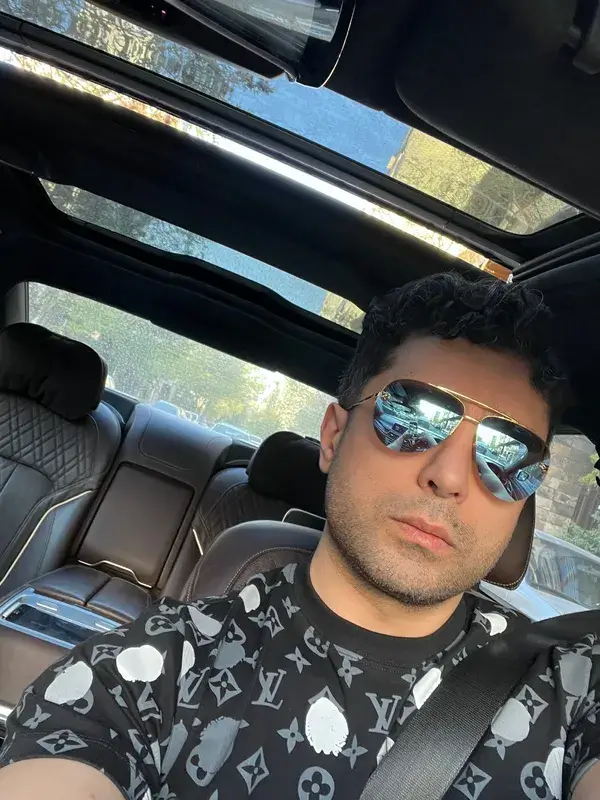
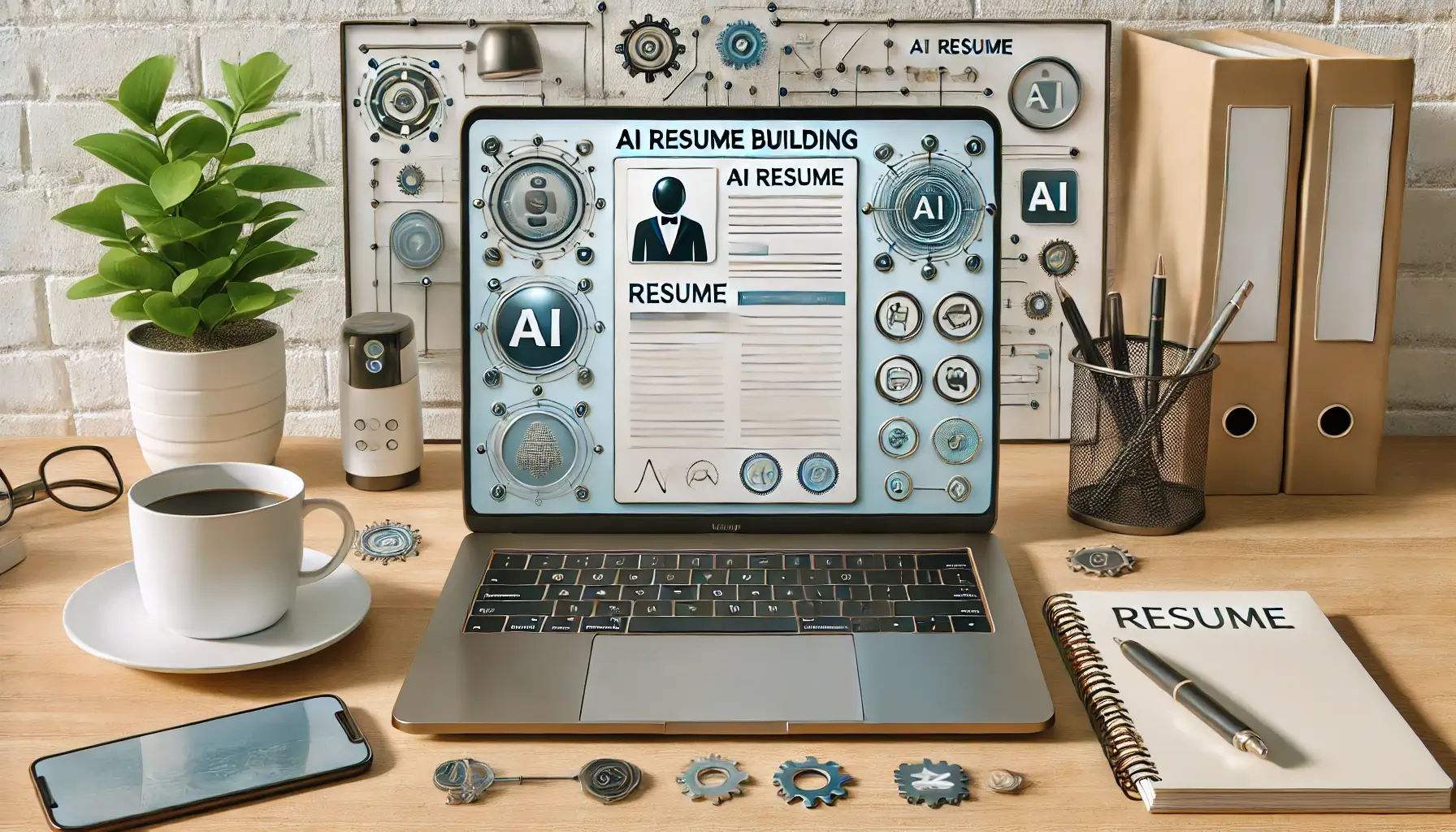
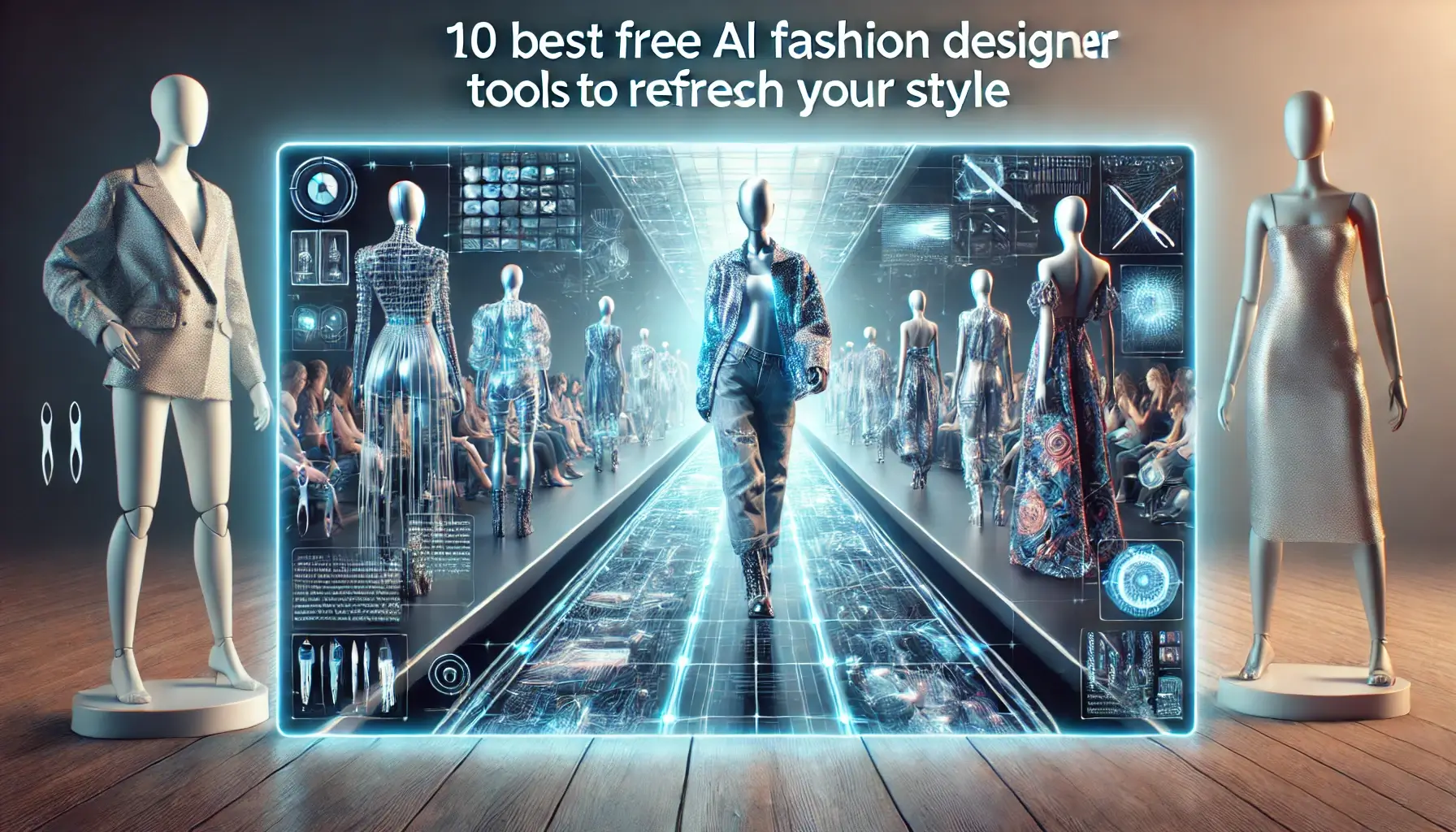
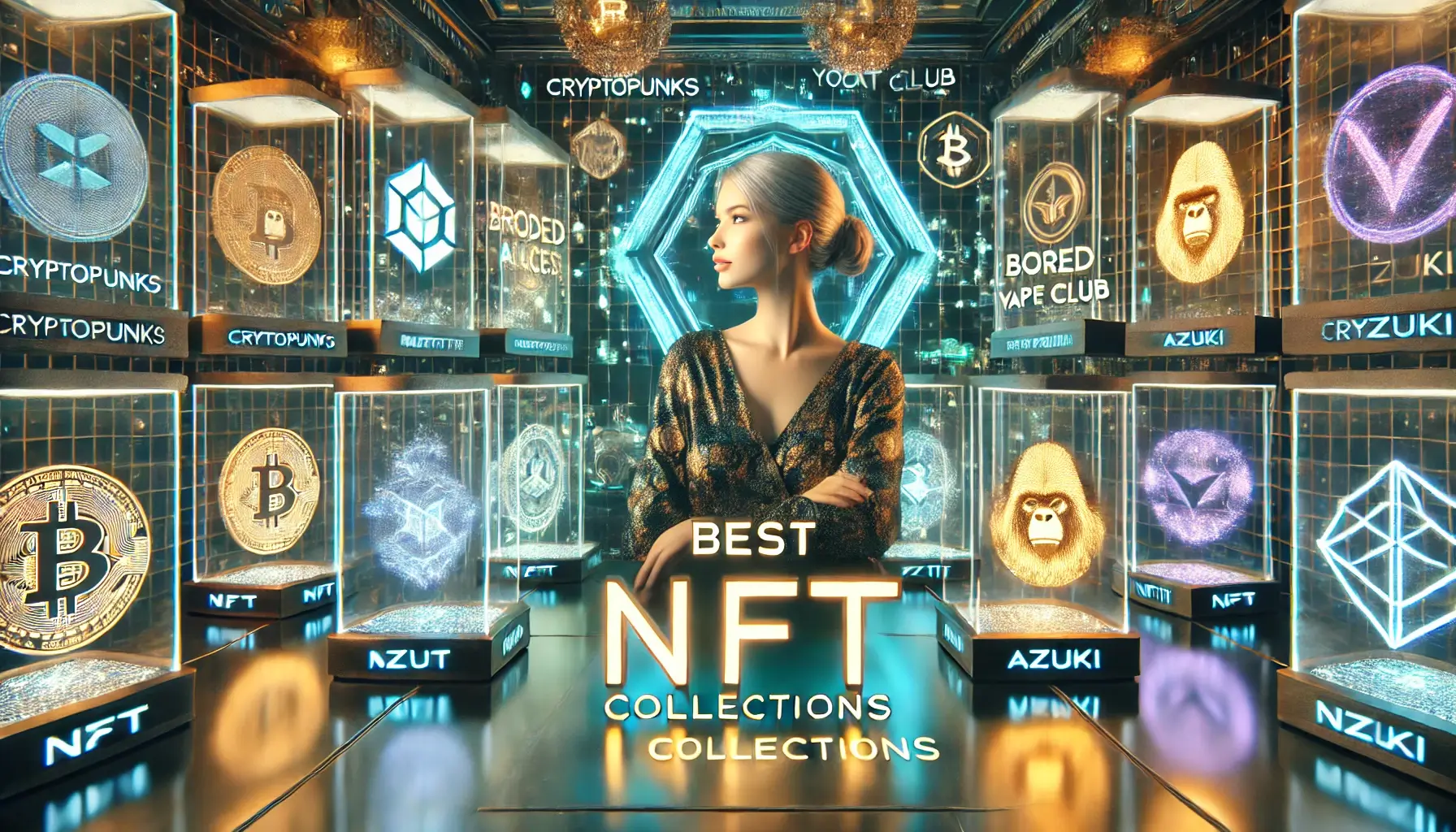
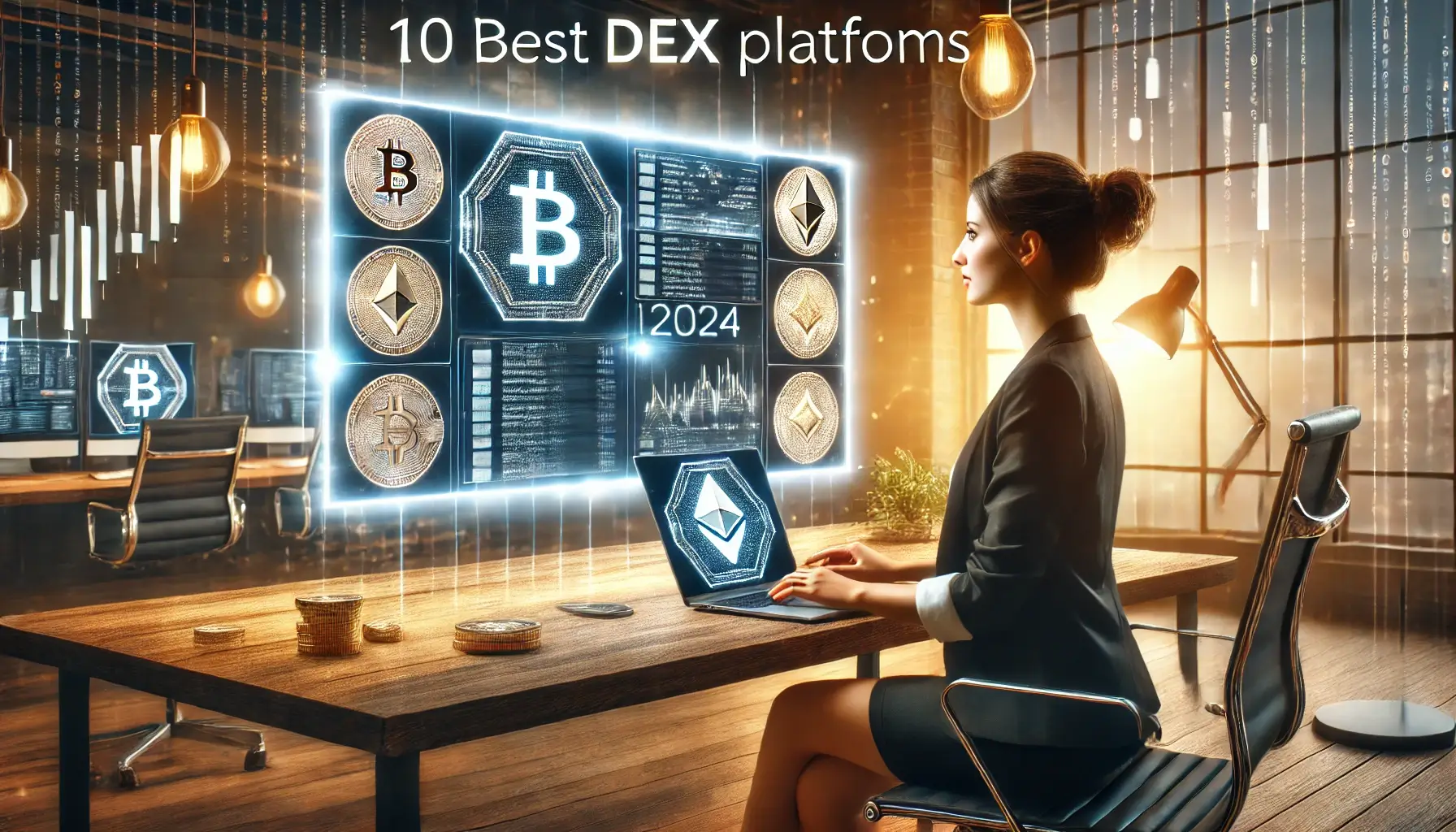
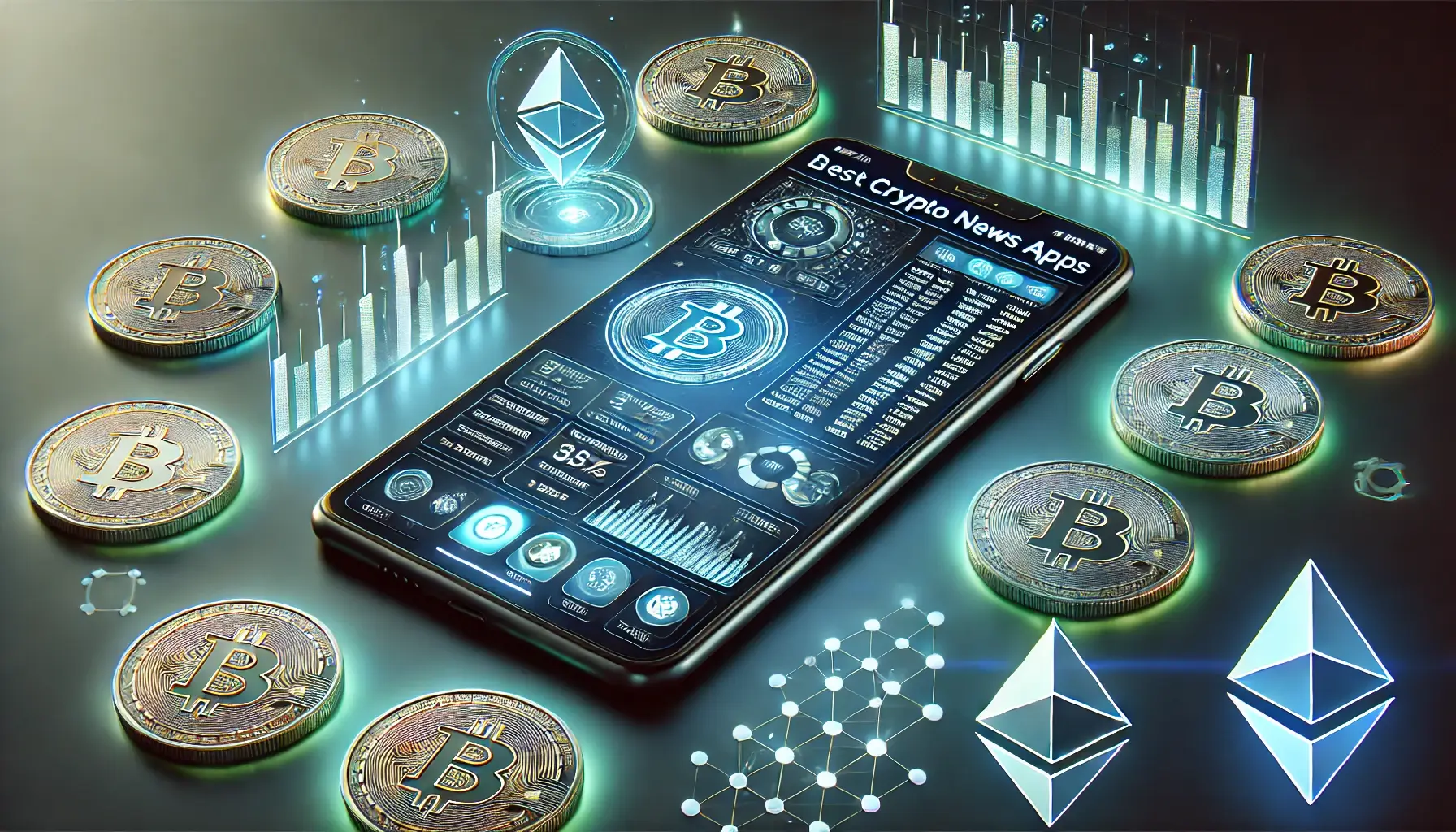
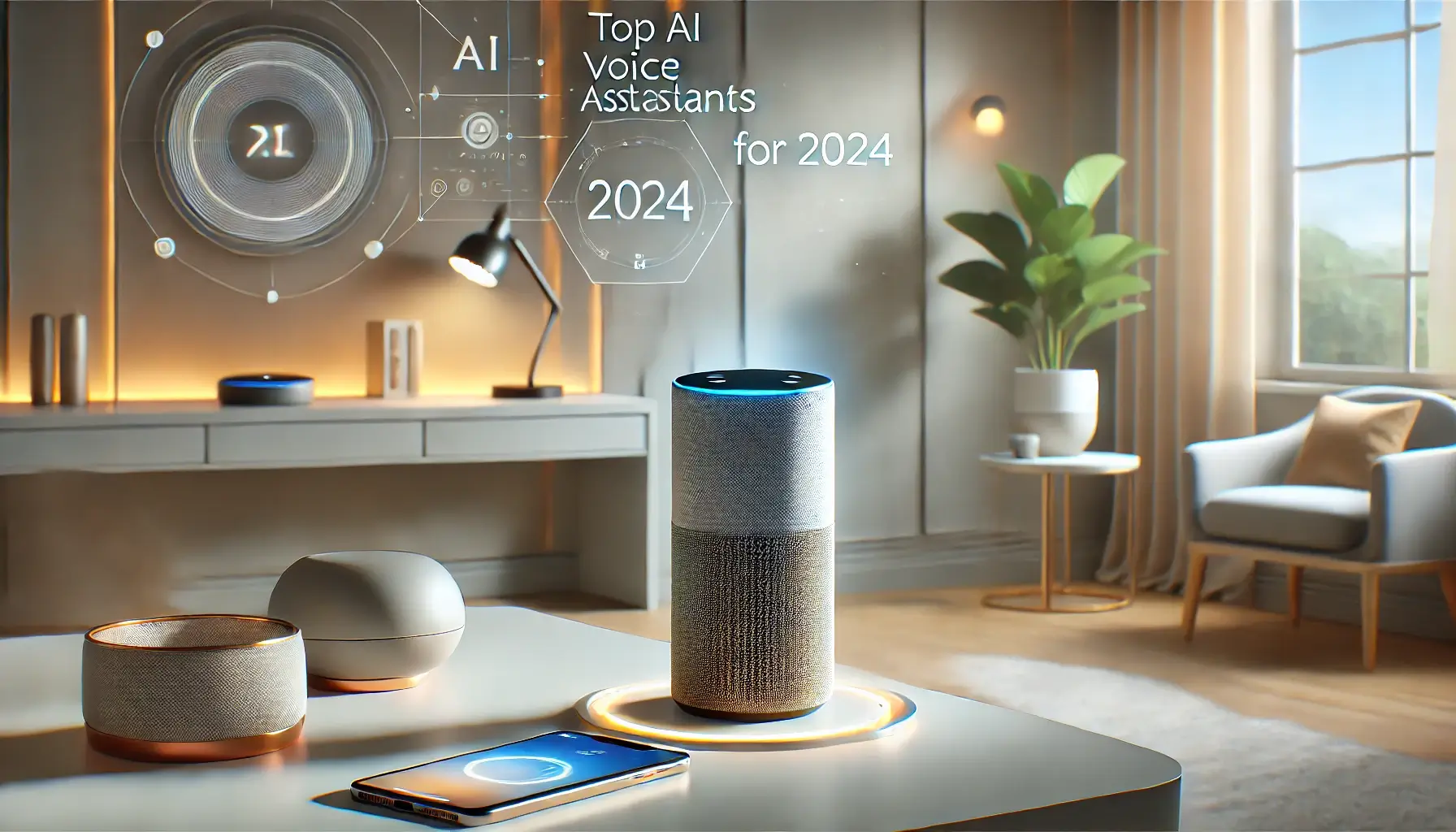

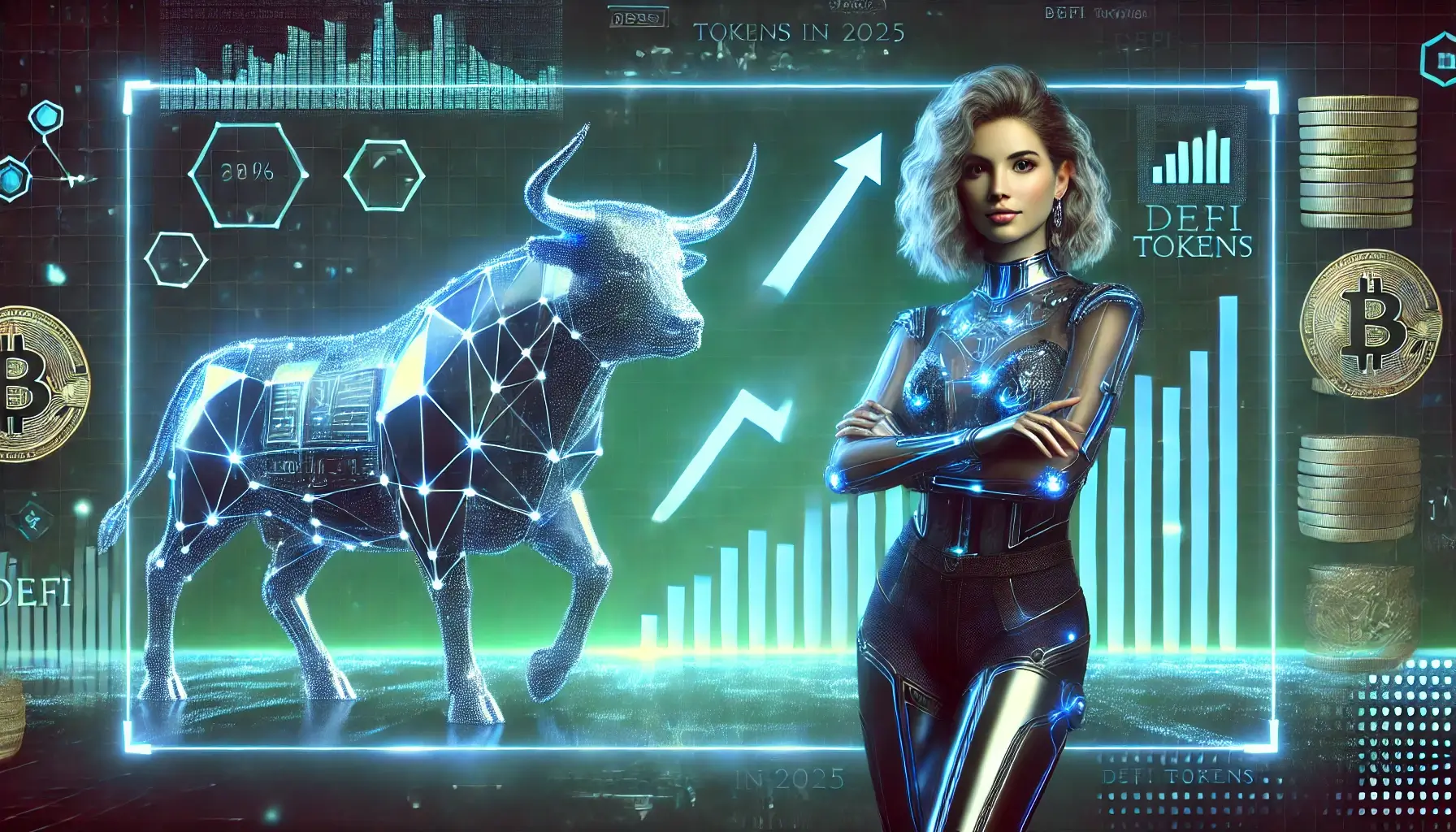
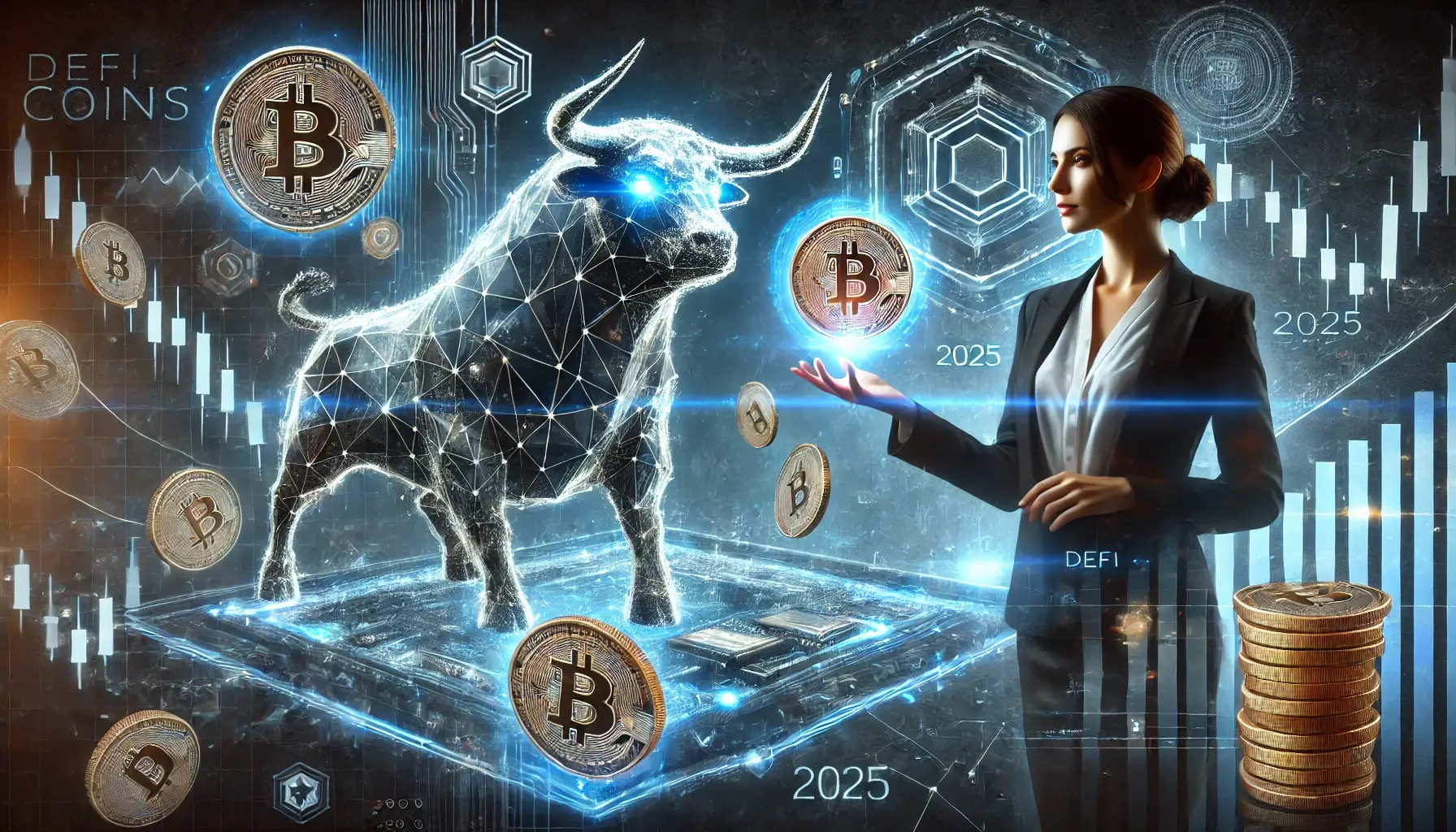
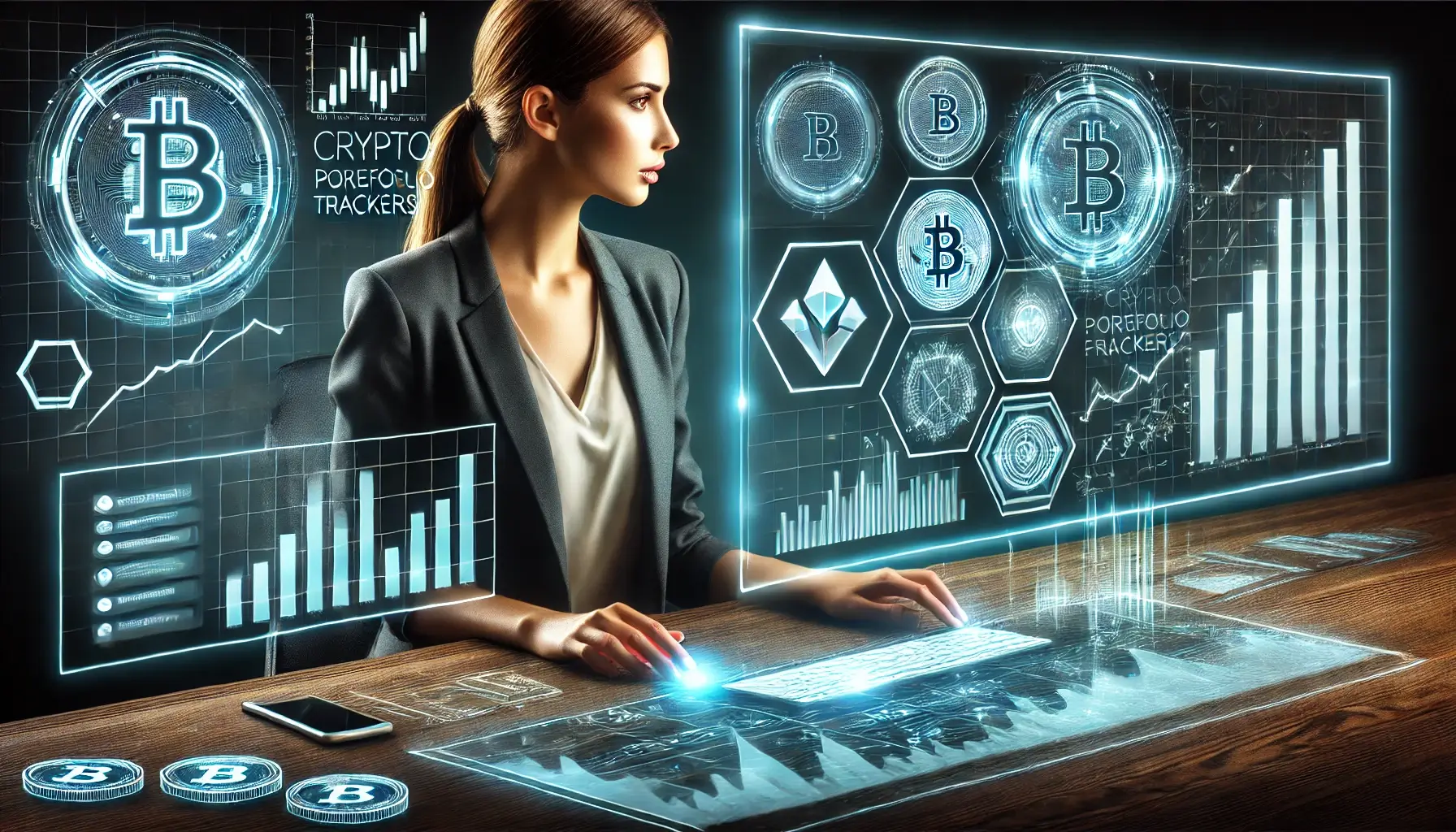
Discussion